«Magnesium В6» («MAGNESIUM B6») , It is recommended as a dietary supplement, an additional source of magnesium and vitamin B6. It contains magnesium in an organic form, which has a high bioavailability and, in combination with vitamin B6, provides effective replenishment of magnesium and B6 in the human body.
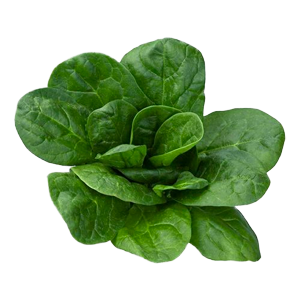 Magnesium — a vital macronutrient involved in most metabolic processes. It is present in all body tissues and is necessary for the normal functioning of cells. Magnesium participates in the work of more than 300 enzymes, ensuring the fulfillment of their functions. Magnesium regulates the processes of energy production and consumption, provides nerve impulses, participates in bone metabolism and regulates its mineralization. It increases the body's resistance to stress, promotes the production of melatonin, a hormone that normalizes sleep cycles, and also has a cardioprotective effect, improving myocardial contraction and preventing arrhythmias. In addition, magnesium plays an important role in supporting the immune system: it regulates the phagocytic activity of micro- and macrophages, participates in the synthesis of antibodies and immunoglobulins..
Magnesium — a vital macronutrient involved in most metabolic processes. It is present in all body tissues and is necessary for the normal functioning of cells. Magnesium participates in the work of more than 300 enzymes, ensuring the fulfillment of their functions. Magnesium regulates the processes of energy production and consumption, provides nerve impulses, participates in bone metabolism and regulates its mineralization. It increases the body's resistance to stress, promotes the production of melatonin, a hormone that normalizes sleep cycles, and also has a cardioprotective effect, improving myocardial contraction and preventing arrhythmias. In addition, magnesium plays an important role in supporting the immune system: it regulates the phagocytic activity of micro- and macrophages, participates in the synthesis of antibodies and immunoglobulins..
Magnesium intake during pregnancy helps reduce the risk of fetal growth retardation and reduces the level of pro-inflammatory cytokines in the amniotic fluid and placenta. Magnesium plays a key role in supporting the placenta and helps prevent major obstetric complications.
A decrease in magnesium levels in the body can be manifested by mental and physical fatigue, decreased concentration and memory, and impaired connective tissue structure. Magnesium acts as an anti-stress macronutrient and, especially in combination with vitamin B6, normalizes the nervous system under nervous tension, reduces sensitivity to stress factors, reduces anxiety and irritability.
Magnesium also plays an important role in maintaining healthy bone tissue. It regulates the uniform growth, strength and flexibility of bones, as well as increases their reparative potential.
Vitamin B6 — water-soluble B vitamin, which plays an important role in amino acid metabolism and synthesis of niacin from tryptophan. It improves the body's absorption of unsaturated fatty acids, helps to normalize the functions of the nervous system and has a positive effect on the processes of hematopoiesis. Vitamin B6 also has an immunostimulating effect. If it is insufficient, irritability, lethargy and drowsiness may occur. In pregnant women, vitamin B6 deficiency can be manifested by loss of appetite, insomnia, and increased irritability.
The risk of vitamin B6 deficiency is especially high in pregnant women, children from the period of intrauterine development to early childhood, as well as in adolescents. It is known that pyridoxine deficiency is often accompanied by magnesium deficiency. The use of vitamin B6 enhances the anti-stress and anti-anxiety effects of magnesium, contributing to their complex action.
Biologically active food additive. It is not a medicine.
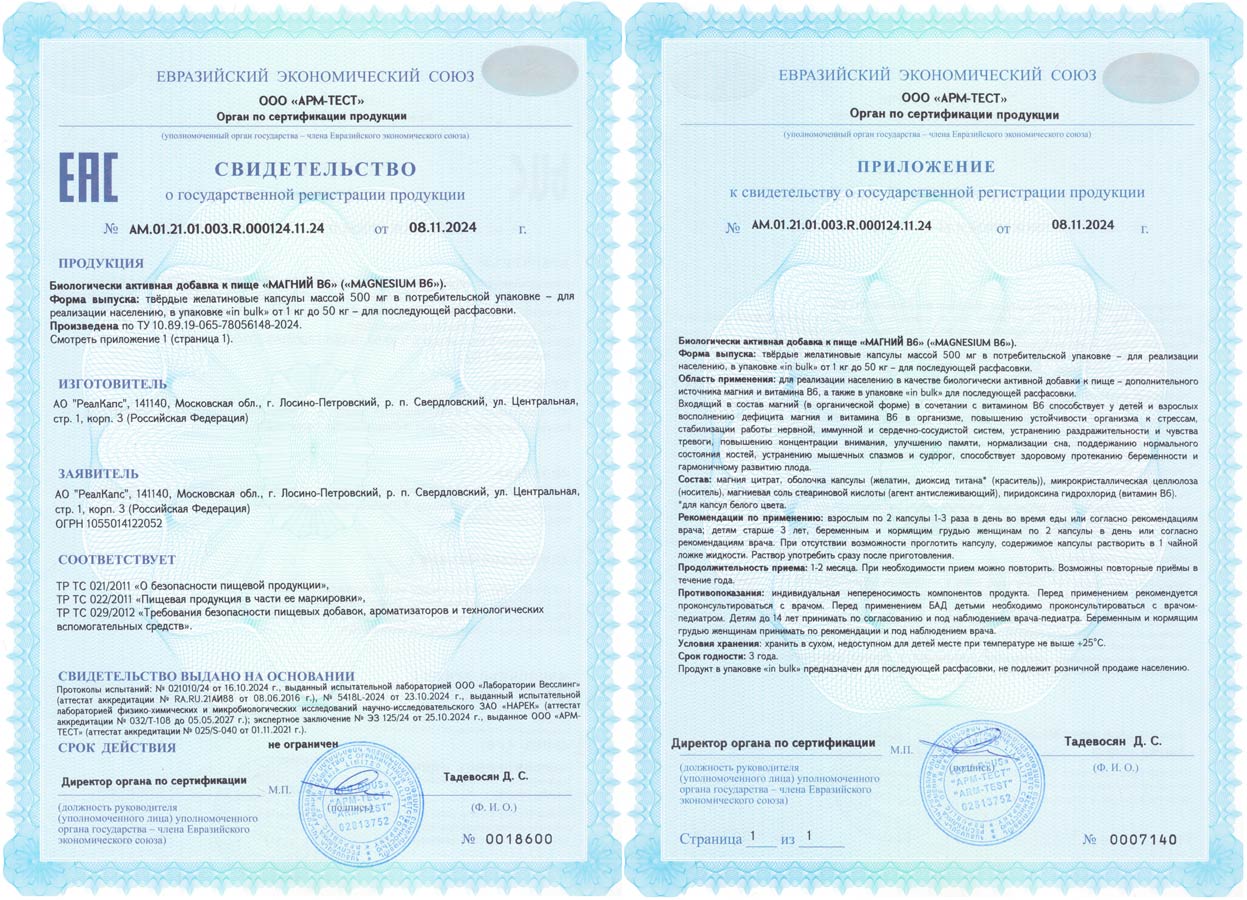 Form of release:
Form of release: solid gelatin capsules weighing 500 mg in consumer packaging.
Certificate of state registration№ AM.01.21.01.003.R.000124.11.24 от 08.11.2024
TU 10.89.19-065-78056148-2024
Composition: magnesium citrate, capsule shell (gelatin), microcrystalline cellulose (carrier), magnesium salt of stearic acid (anti-caking agent), pyridoxine hydrochloride (vitamin B6).
The magnesium contained in the composition (in organic form) in combination with vitamin B6 helps children and adults to replenish the deficiency of magnesium and vitamin B6 in the body, increase the body's resistance to stress, stabilize the nervous, immune and cardiovascular systems, eliminate irritability and anxiety, increase concentration, improve memory, normalize sleep, maintaining the normal condition of bones, eliminating muscle spasms and cramps, promotes a healthy pregnancy and the harmonious development of the fetus..
Recommended daily intake of dietary supplements for adults, pregnant and breast-feeding women:
|
Biologically
active substances
|
Contents in 2-6 capsules
(daily dosage), mg
|
% of RUSP* for adults
(when taking 2-6 capsules)
|
% of NFP** for women (when taking 2 capsules):
|
|
pregnant
(1st trimester)
|
pregnant
(2, 3 trimester)
|
breast-feeding women
(1-12 month.)
|
|
Магний
|
114-342
|
29-86
|
27
|
25
|
|
Vitamin В6
|
1,2-3,6
|
60-180***
|
60
|
52
|
48
|
The recommended daily intake of dietary supplements for children over 3 years of age:
|
Biologically
active substances
|
Contents in 2 capsules
(daily dosage), mg
|
% of the NFP**for children:
|
|
3-6 years old
|
7-10 years old
|
11-14 years old
|
15-17 years old
|
|
boys
|
girls
|
young men
|
young women
|
|
Magnesium
|
114
|
57
|
46
|
38
|
29
|
|
Vitamin В6
|
1,2
|
100
|
80
|
71
|
75
|
60
|
75
|
* - recommended level of daily intake according to TR CU 022/2011 "Food products in terms of their labeling", (Appendix 2);
** - norms of physiological needs according to MP 2.3.1.0253-21 "Norms of physiological needs for energy and nutrients for various population groups of the Russian Federation";
*** - does not exceed the upper permissible level of consumption, according to the "Uniform sanitary, epidemiological and hygienic requirements for goods subject to sanitary and epidemiological supervision (control)" (Appendix 5).
Recommendations for use: Adults: 2 capsules 1-3 times a day with meals or as recommended by a doctor; children over 3 years old, pregnant and breast-feeding women: 2 capsules per day or as recommended by a doctor. If it is not possible to swallow the capsule, dissolve the contents of the capsule in 1 teaspoon of liquid. Use the solution immediately after cooking. Duration of admission: 1-2 months. If necessary, the procedure can be repeated. Repeated appointments are possible throughout the year.
Before using dietary supplements for children, it is necessary to consult a pediatrician. Children under 14 years of age should be taken by agreement and under the supervision of a pediatrician.. Pregnant and breast-feeding women should take it as recommended and under the supervision of a doctor.
Contraindications: individual intolerance of the product components. It is recommended to consult a doctor before use.
The company produces products containing fish oil, lactose, and soy lecithin.


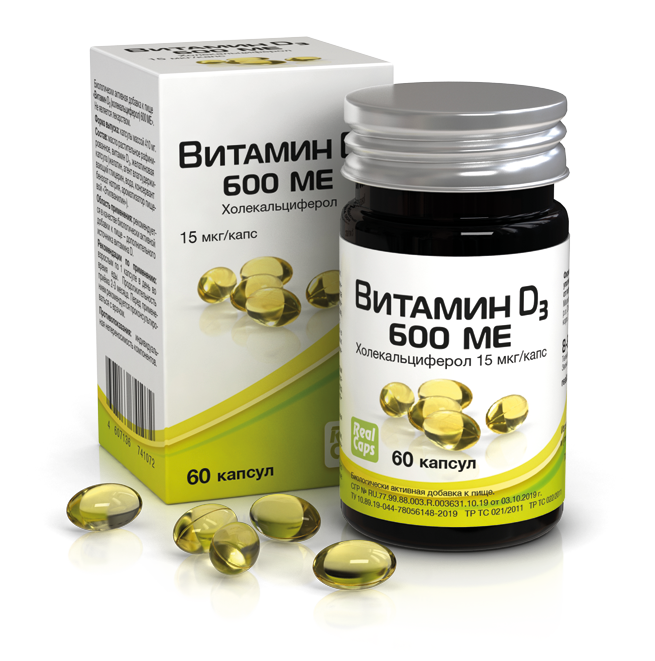

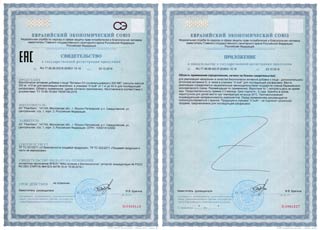
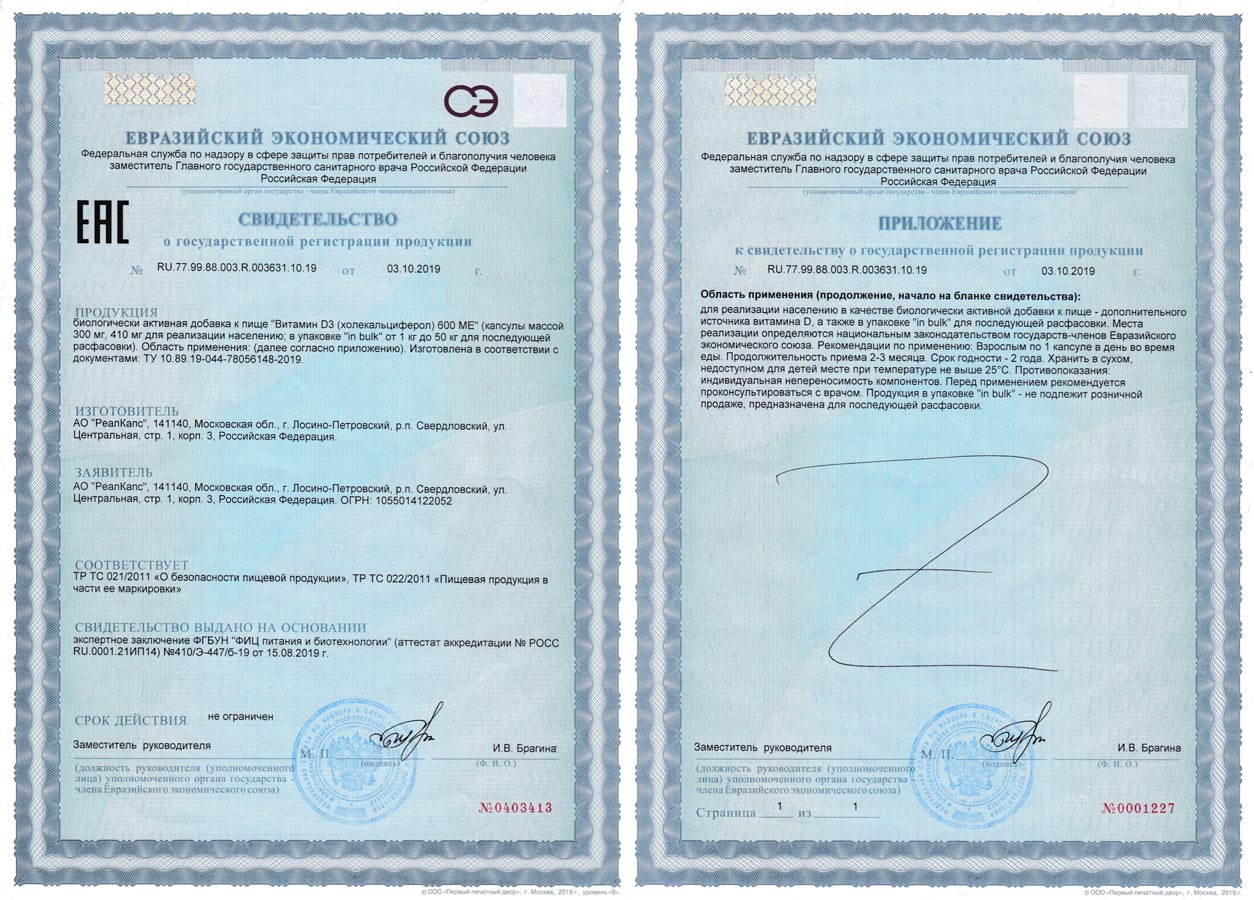
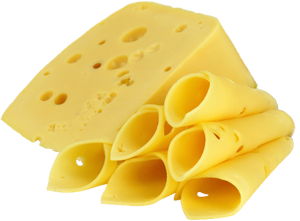
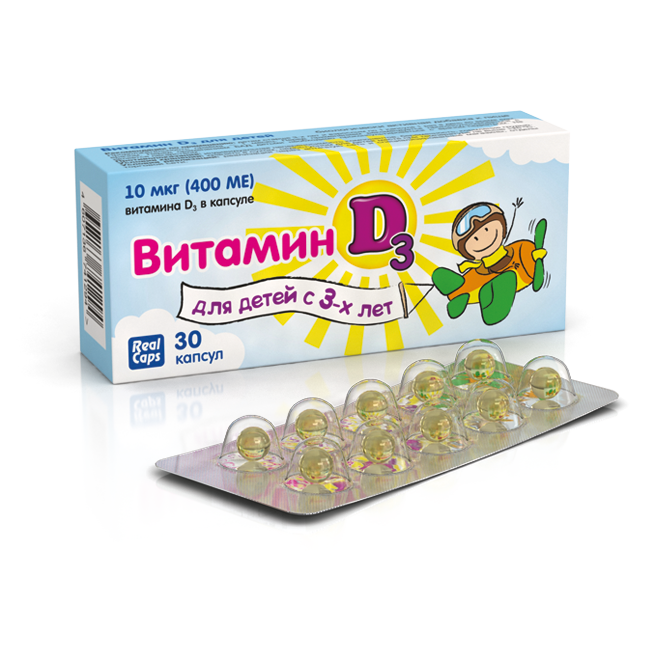

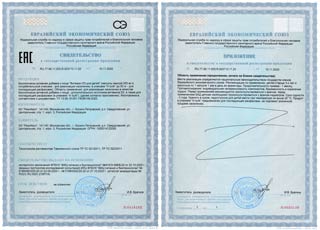
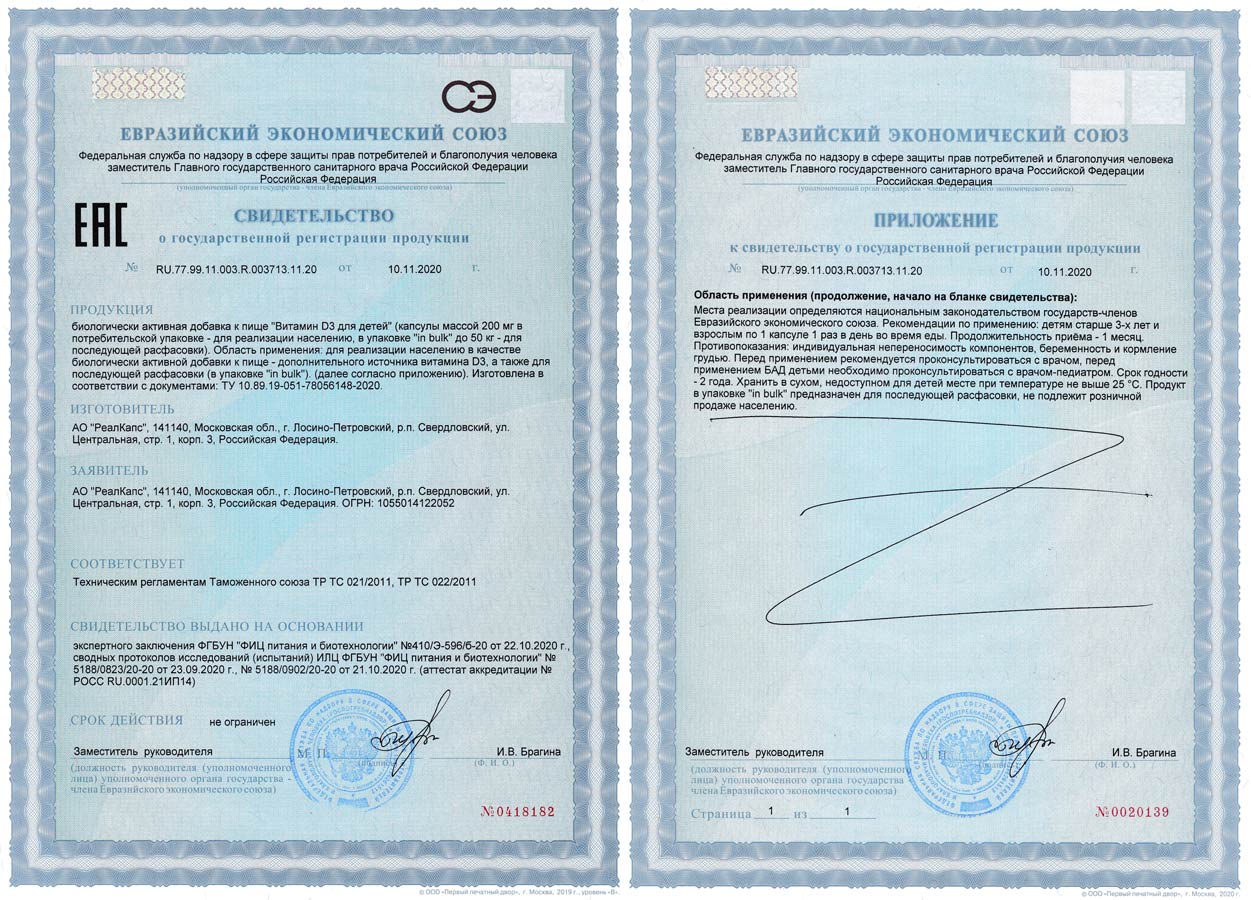
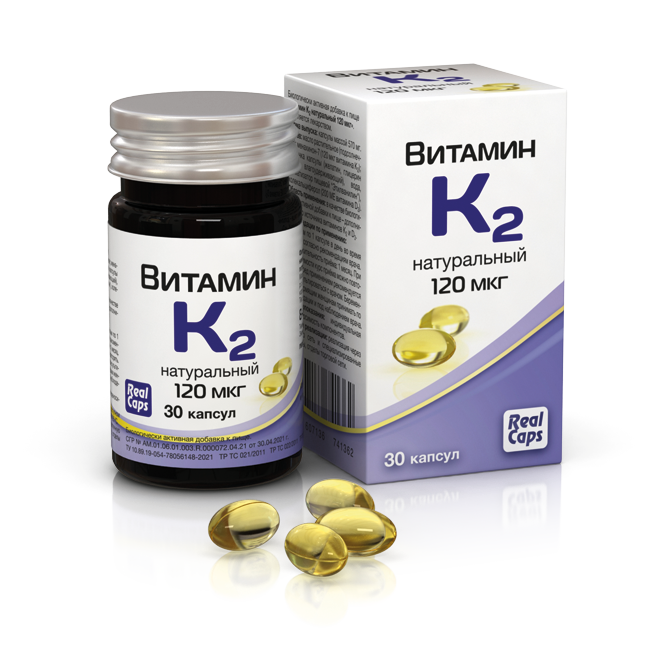
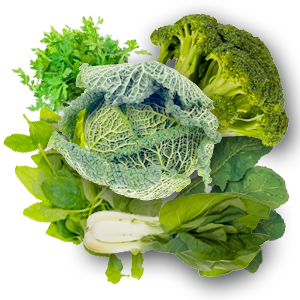
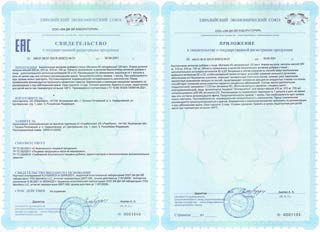
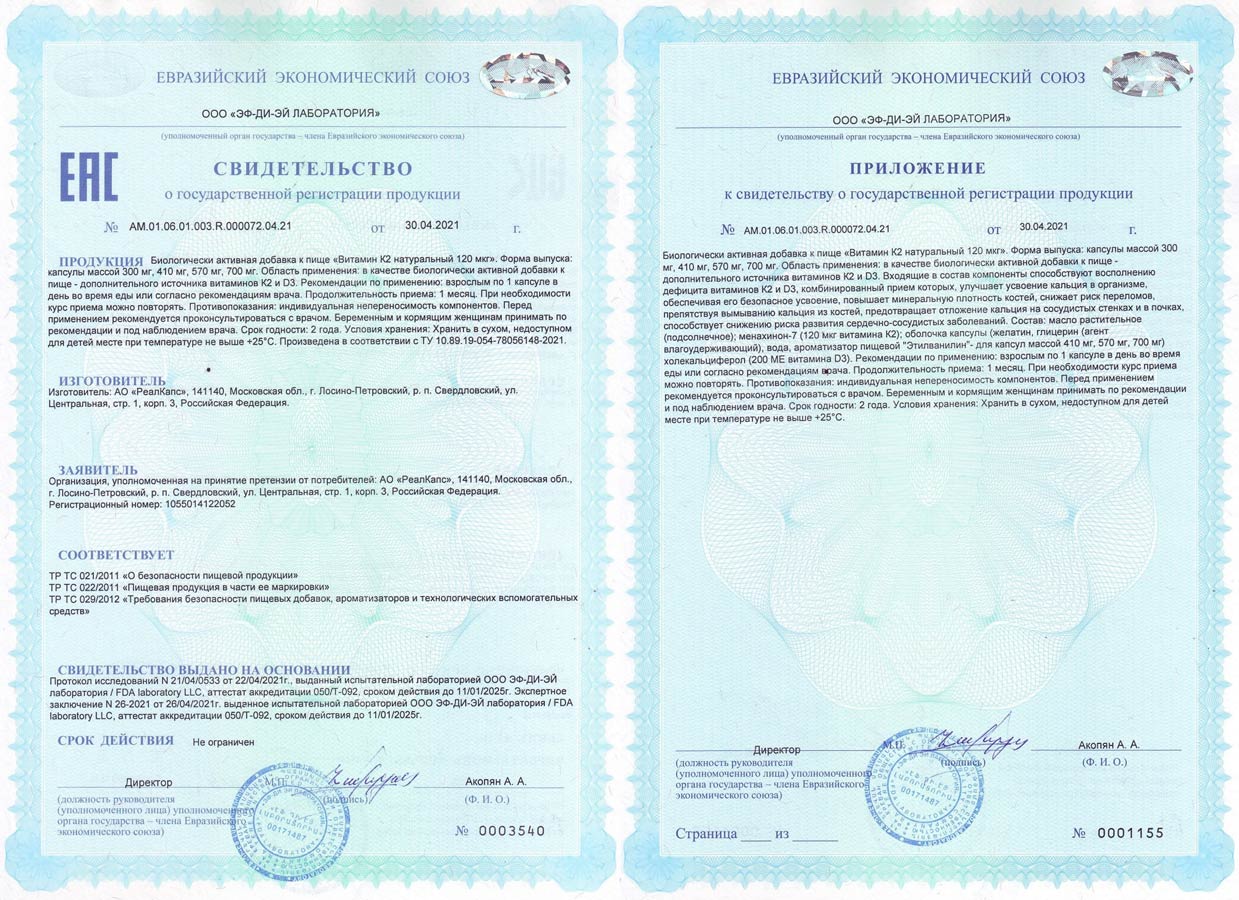
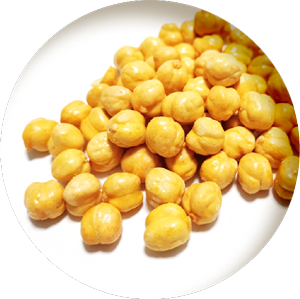

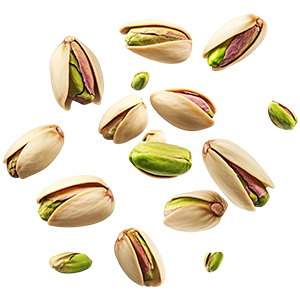
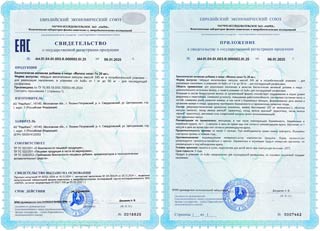
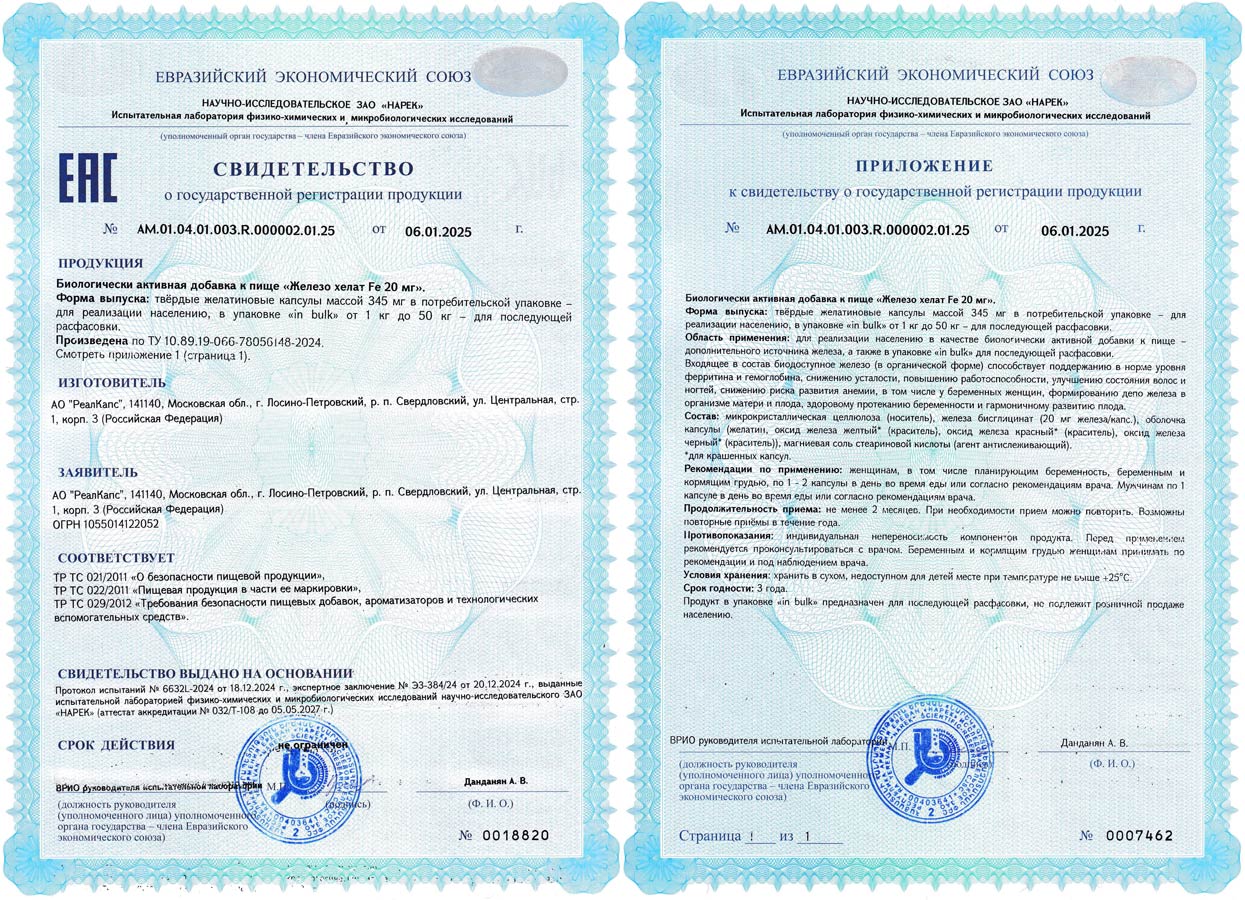
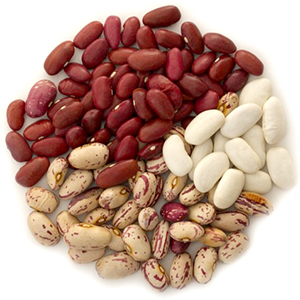
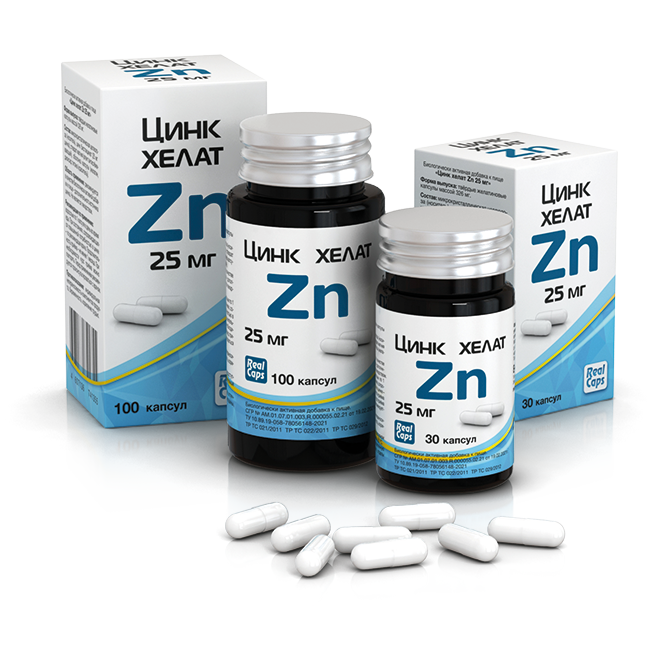
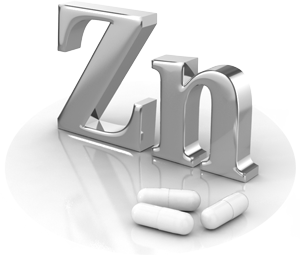
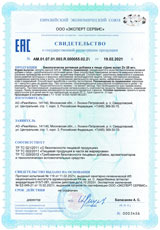
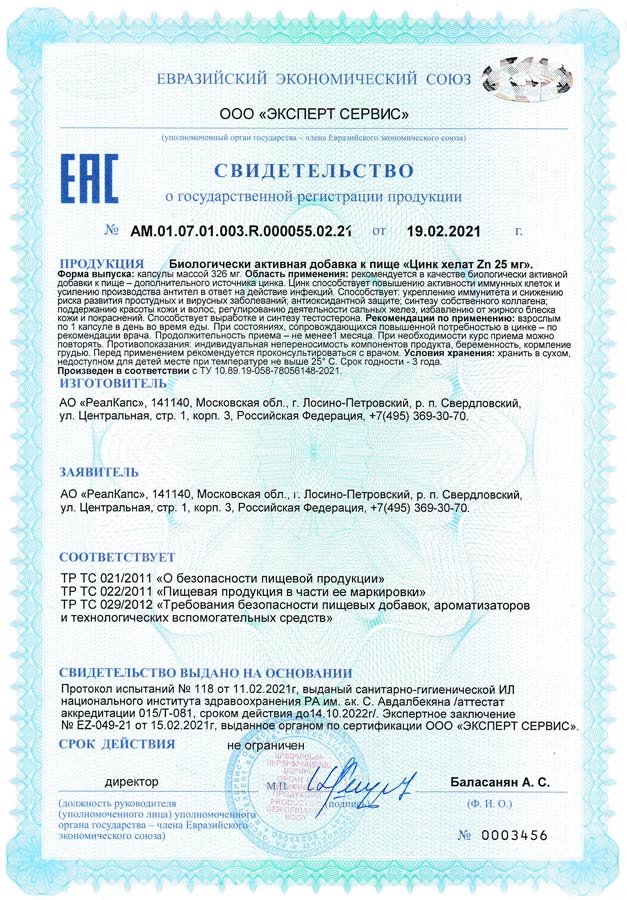


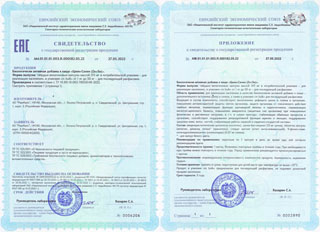
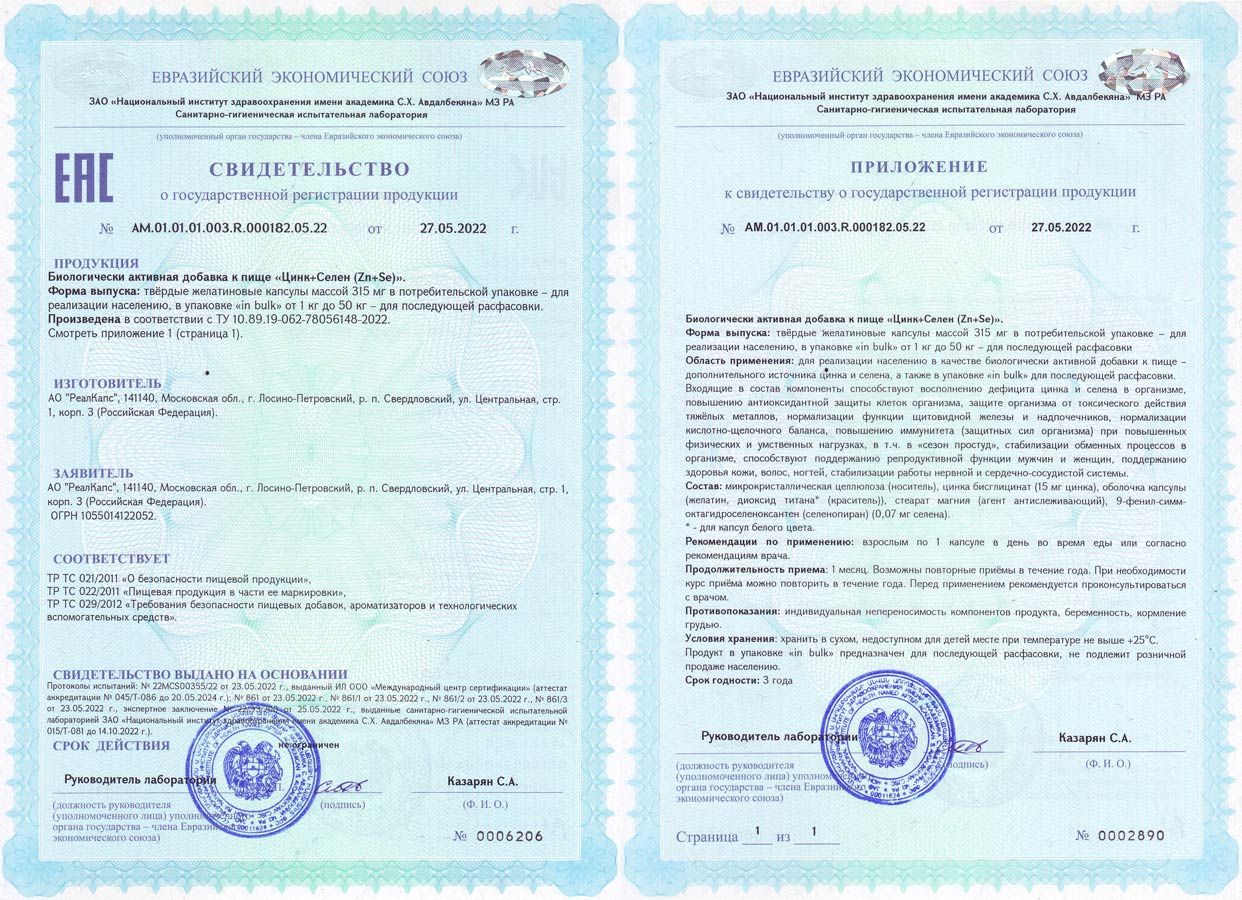
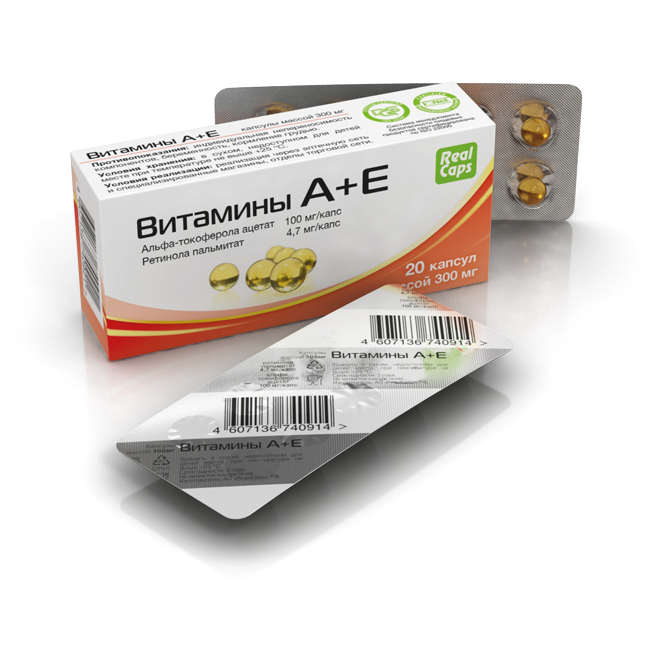

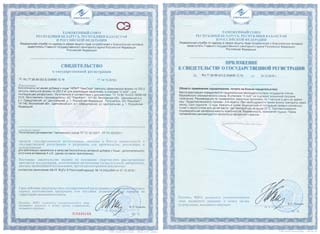
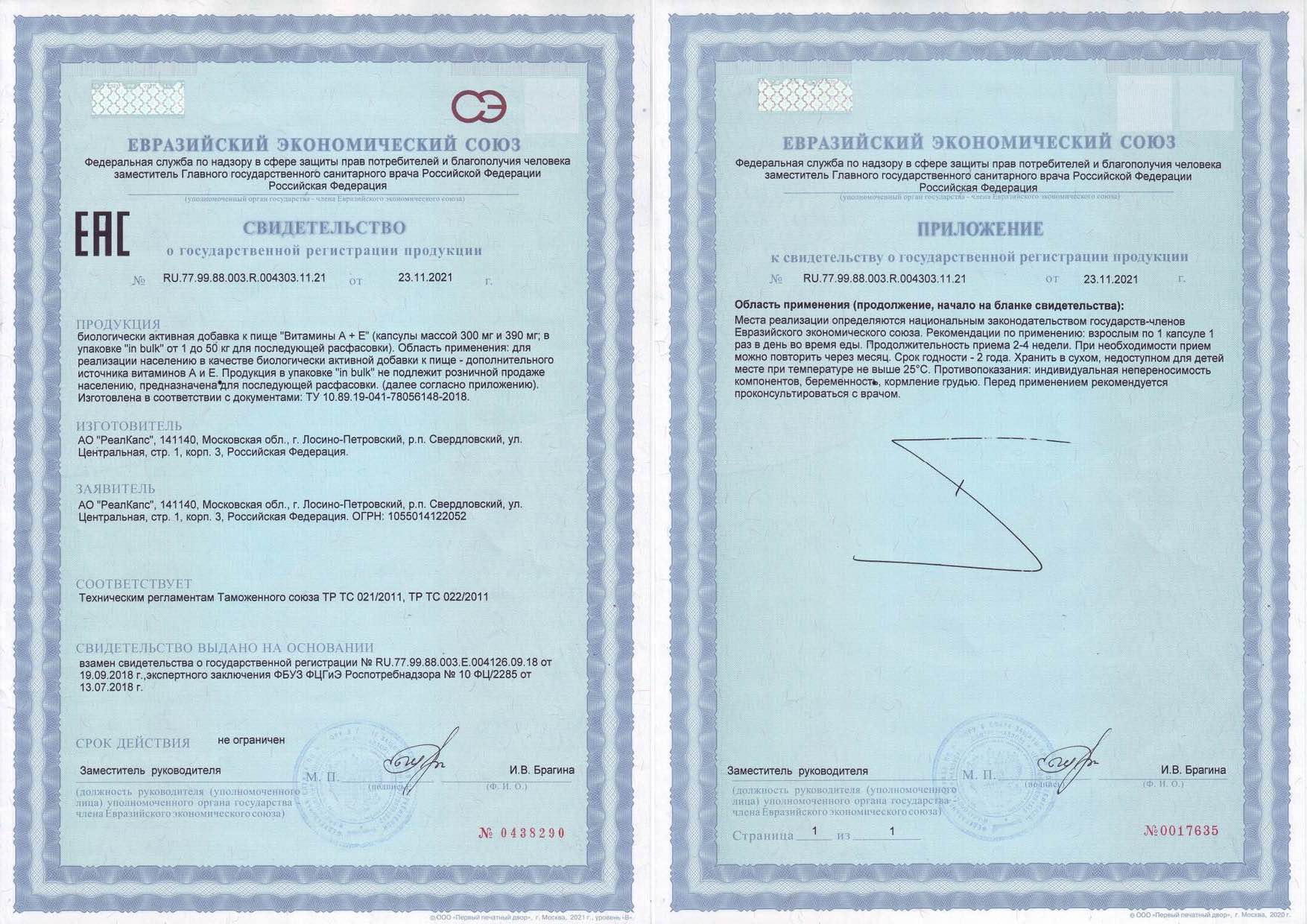
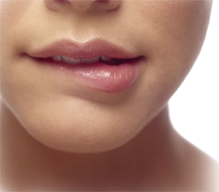
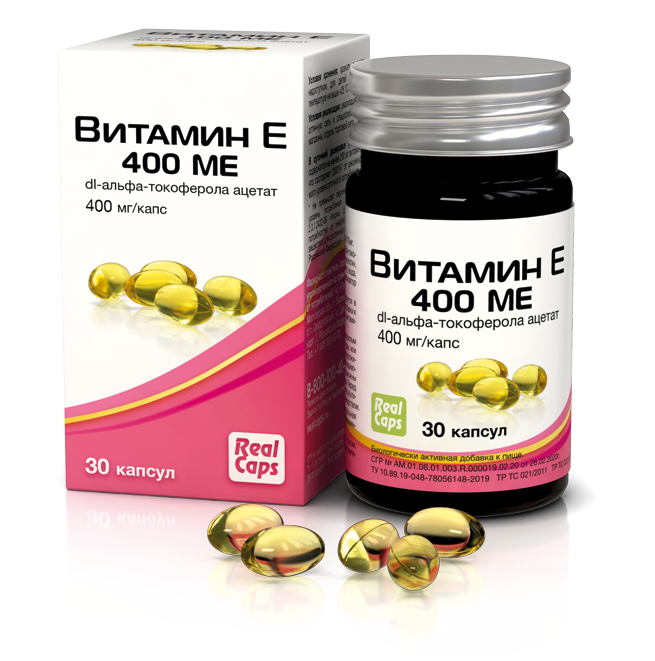
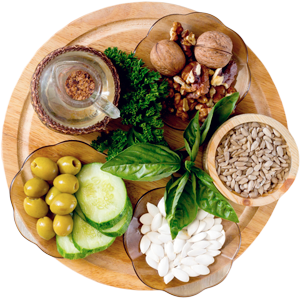

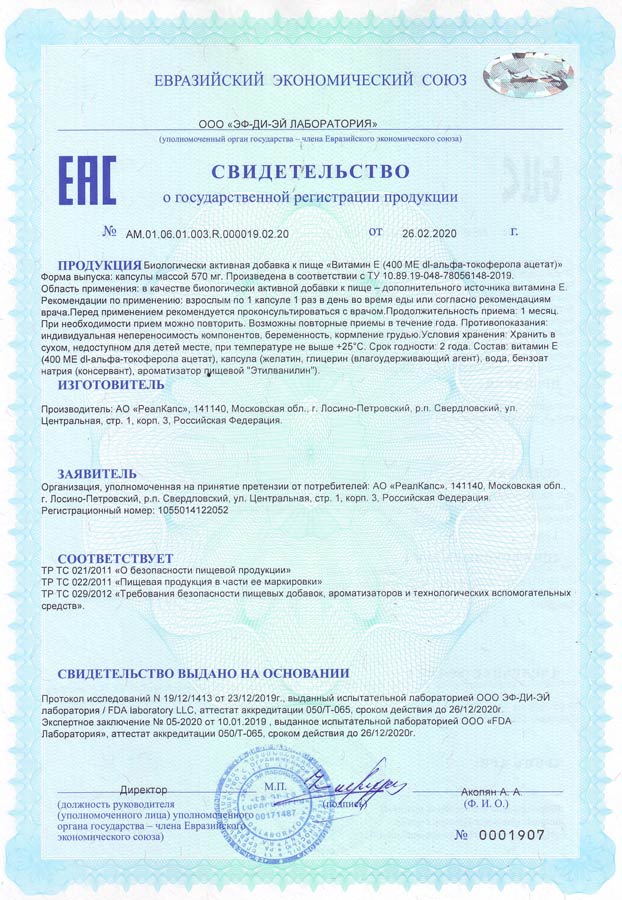

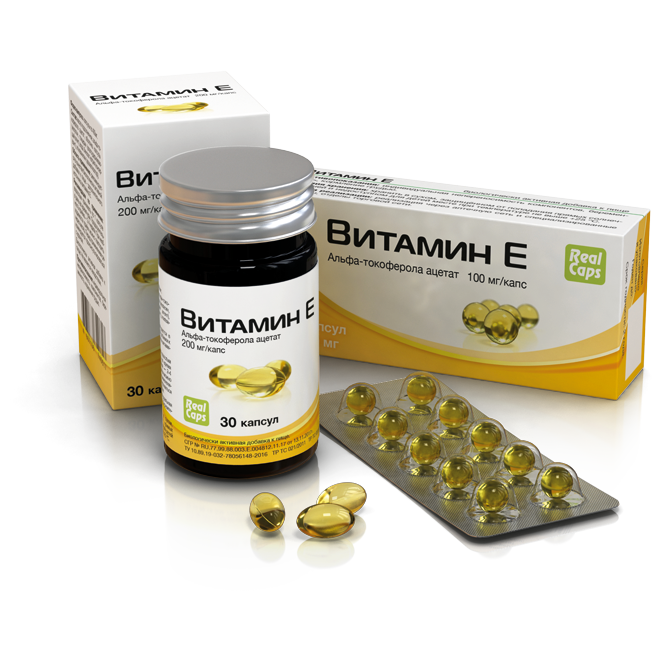
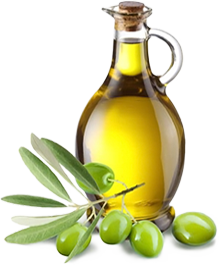
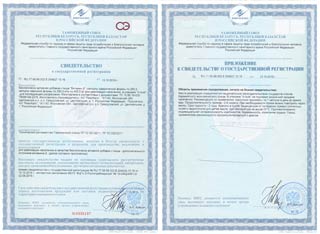
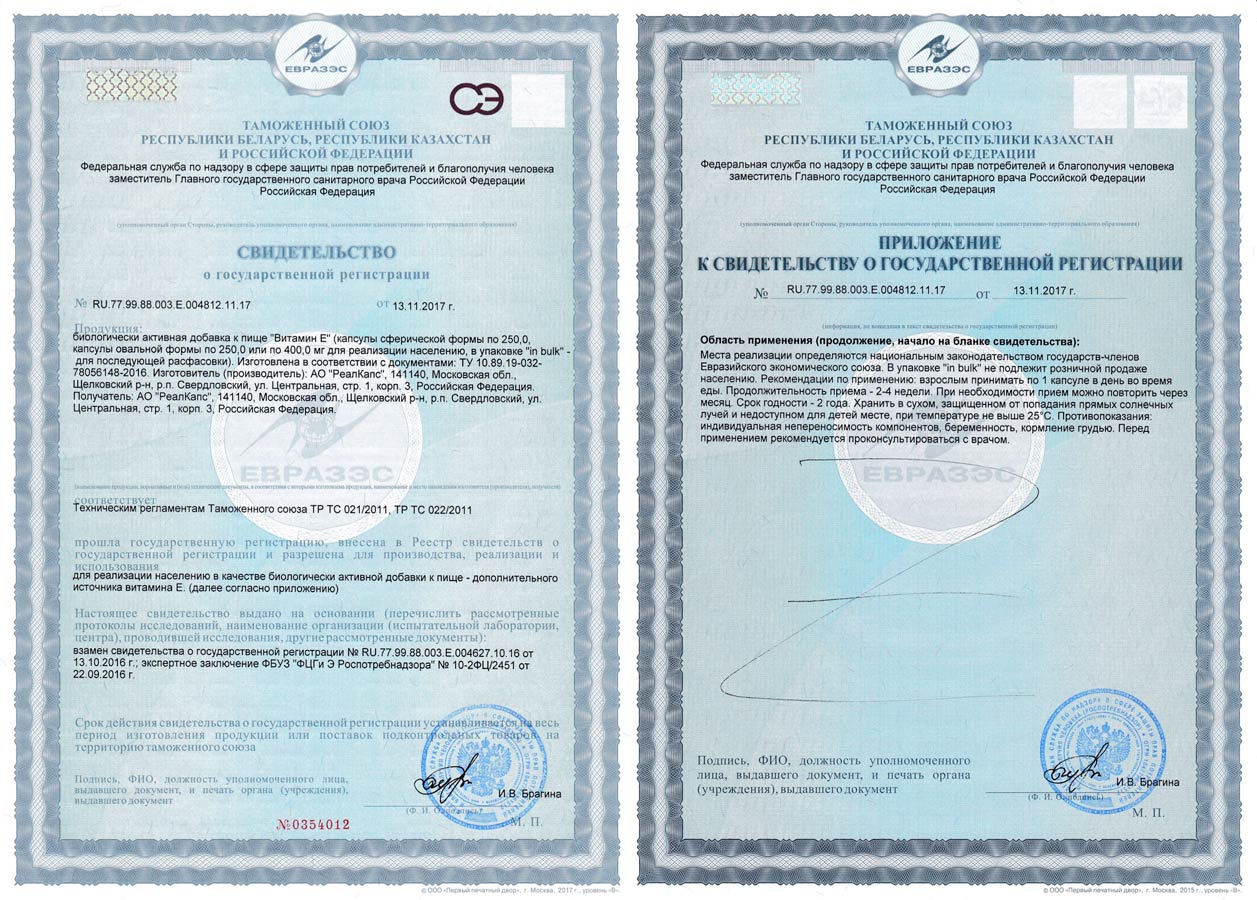

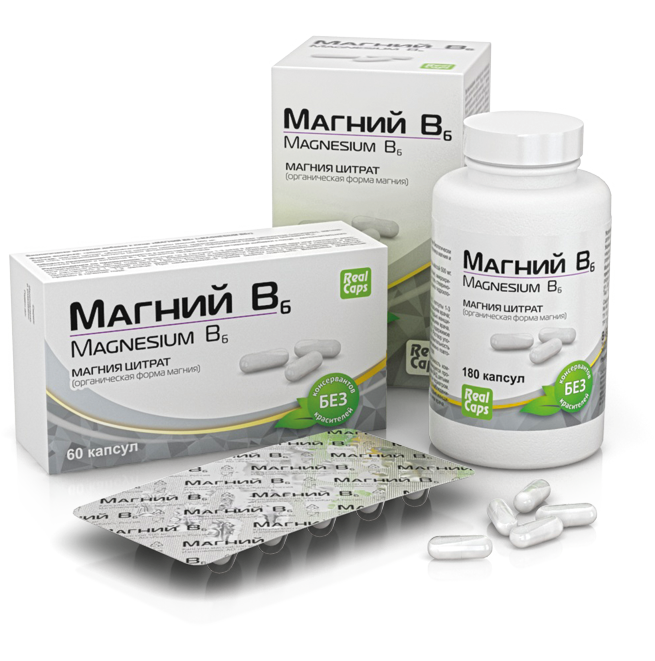
 Magnesium — a vital macronutrient involved in most metabolic processes. It is present in all body tissues and is necessary for the normal functioning of cells. Magnesium participates in the work of more than 300 enzymes, ensuring the fulfillment of their functions. Magnesium regulates the processes of energy production and consumption, provides nerve impulses, participates in bone metabolism and regulates its mineralization. It increases the body's resistance to stress, promotes the production of melatonin, a hormone that normalizes sleep cycles, and also has a cardioprotective effect, improving myocardial contraction and preventing arrhythmias. In addition, magnesium plays an important role in supporting the immune system: it regulates the phagocytic activity of micro- and macrophages, participates in the synthesis of antibodies and immunoglobulins..
Magnesium — a vital macronutrient involved in most metabolic processes. It is present in all body tissues and is necessary for the normal functioning of cells. Magnesium participates in the work of more than 300 enzymes, ensuring the fulfillment of their functions. Magnesium regulates the processes of energy production and consumption, provides nerve impulses, participates in bone metabolism and regulates its mineralization. It increases the body's resistance to stress, promotes the production of melatonin, a hormone that normalizes sleep cycles, and also has a cardioprotective effect, improving myocardial contraction and preventing arrhythmias. In addition, magnesium plays an important role in supporting the immune system: it regulates the phagocytic activity of micro- and macrophages, participates in the synthesis of antibodies and immunoglobulins..
